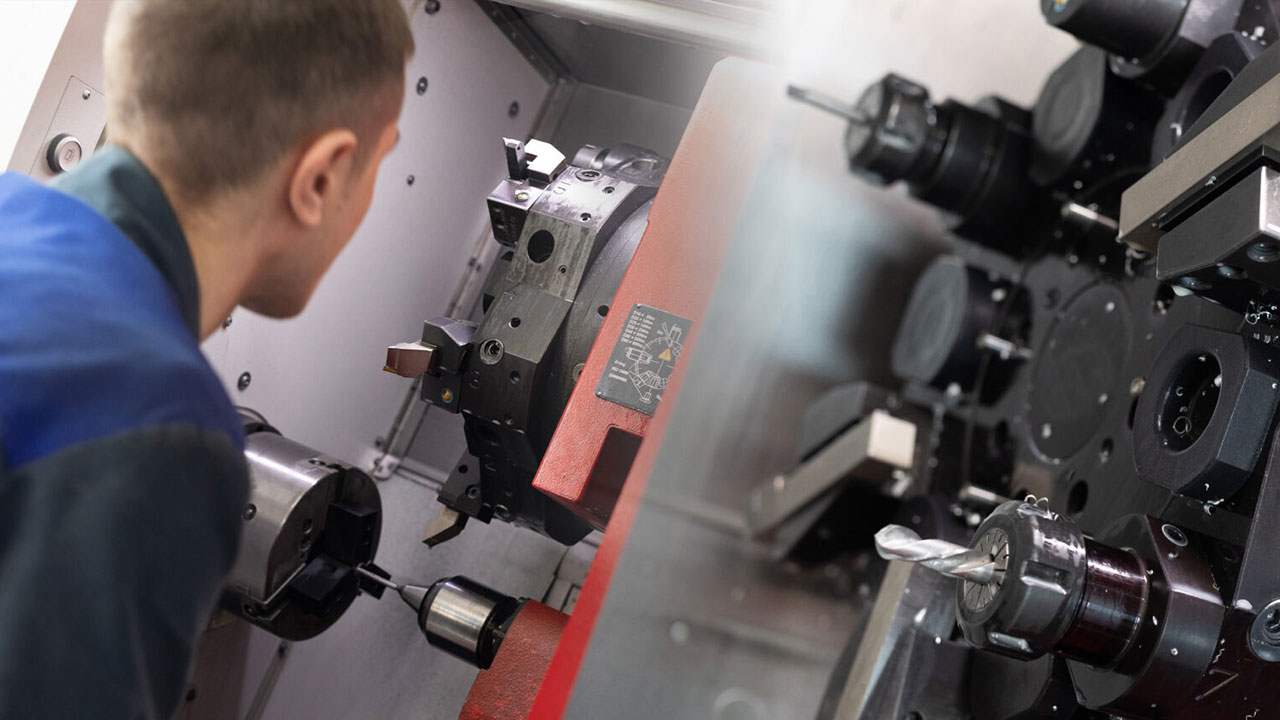
In the realm of manufacturing, is subtractive machining with computer-aided design (CNC) a declining industry? This question stems from the lower industry growth rates that range from 0% to 2%. These growth rates are lower than the national average of 3% across all industries [1].
However, upon further examination of the industry, it becomes evident that CNC machining is not becoming obsolete. Instead, it is adapting and evolving to keep pace with the ever-advancing technology.
The initial growth rates in the CNC machining industry may at first appear dismal. However, when we consider more factors, a more detailed and complex story emerges. Machinists in the United States are expected to show minimal change in employment from 2022 to 2032. 38,200 job openings are expected each year for machinists and tool and die makers within the United States. This highlights the significance of the occupation and the continuing relevance of this profession [1].
The unemployment rate shows how well the industry is doing and its ability to recover when issues arise that affect the demand for the product/service. To prove this point, consider the following. Despite a transient surge in unemployment in April 2020, a rapid rebound ensued. In April 2020, the unemployment rate was 13.2%, but it went down to 4.3% by December of that year. By January 2023, it had further plummeted to an impressive 2.6% [2].
The employment trend shows that CNC manufacturing is important and needed in the overall manufacturing industry. Based on data accumulated over the past decade, we expect this positive trajectory to continue in the coming years. The manufacturing industry has mostly seen progressively lower unemployment rates over time, although there have been fluctuations and a few exceptions like April 2020. Unemployment in manufacturing is decreasing, proving the relevance of subtractive manufacturing with computer-aided design.
Industry 4.0 brings automation, connectivity, and data-driven decision-making to CNC machining, creating a new era. CNC machines are no longer standalone entities; they are now IoT-enabled, incorporating sensors and communication capabilities. This connectivity allows for real-time monitoring, predictive maintenance, and the ability to adjust settings remotely.
Moreover, Industry 4.0 has paved the way for adaptive machining processes, where CNC machines dynamically adjust their settings based on real-time data. This adaptability leads to improved precision and reduced waste. These technical advancements establish CNC professionals as vital contributors to the ongoing era of smart manufacturing, demonstrating their lasting relevance for years to come.
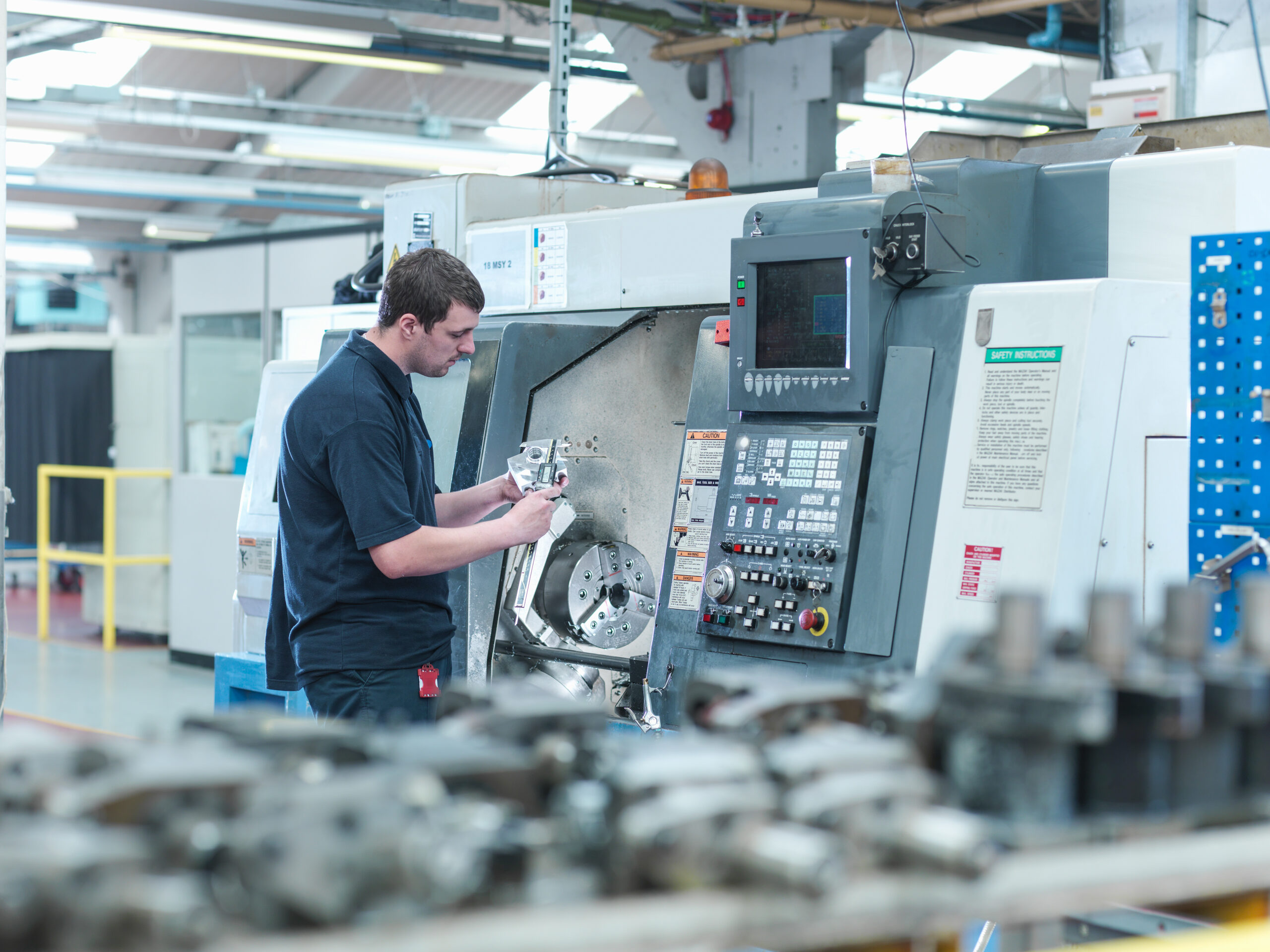
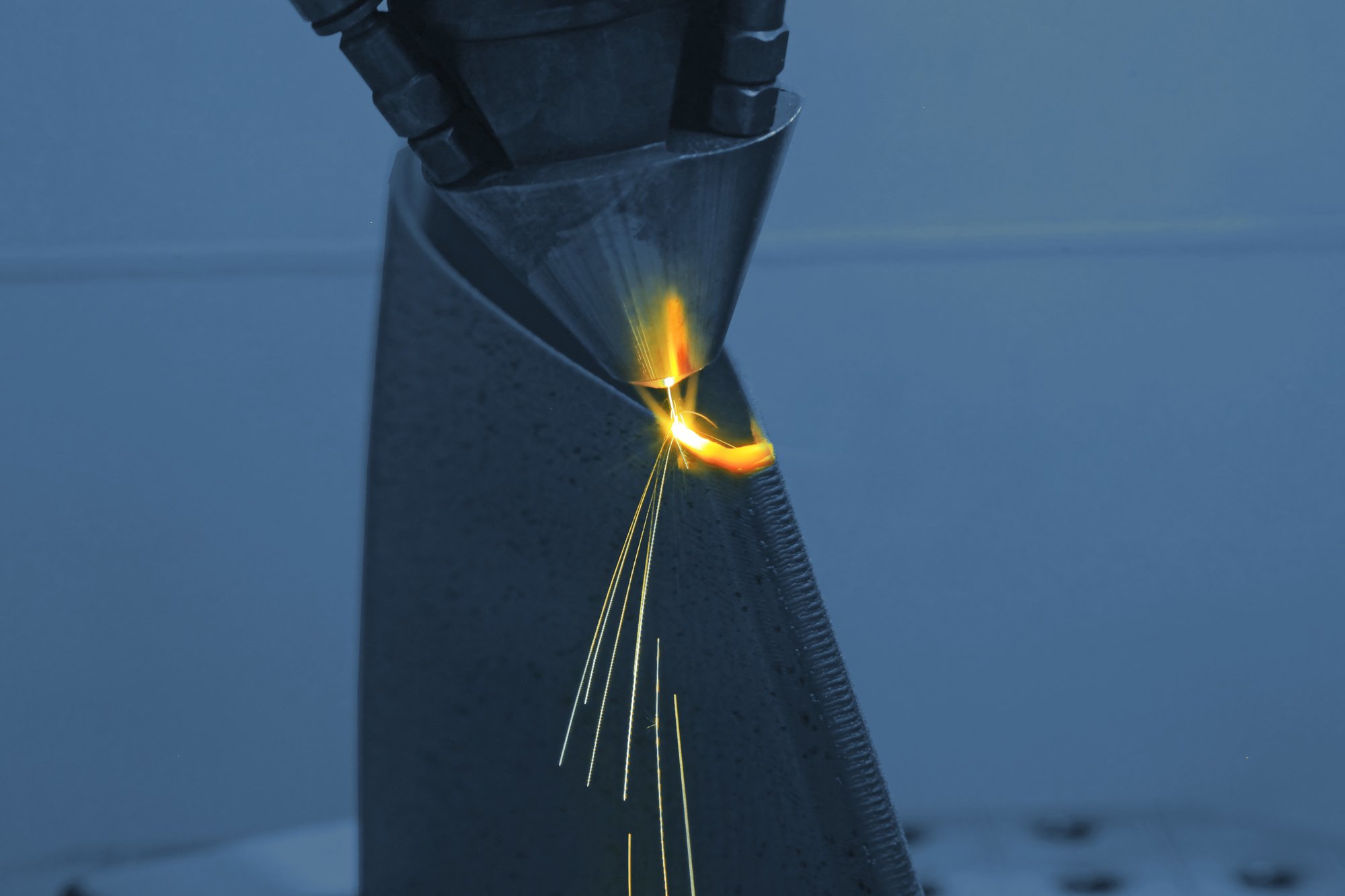
In the realm of manufacturing, traditional CNC Subtractive Manufacturing (CSM) stands resilient against the surge of Additive Manufacturing (AM). While AM excels in specific areas, CSM’s precision, material versatility, and rapid production capabilities remain indispensable, particularly in industries that demand the utmost accuracy.
Although AM has benefits like shorter setup times, CSM remains competitive in terms of speed, material choices, and surface finish. Advanced tools, such as SGS Z-Carb HPR or Kyocera’s PR18 inserts coupled with an MFH milling cutter, will help increase the advantages of CNC machining over AM (Additive Manufacturing vs. CNC Subtractive Manufacturing).
CNC machining is not declining but evolving and thriving. Employment trends show a continuous demand for CNC machinists, and Industry 4.0 integration positions CNC professionals as vital contributors to smart manufacturing. Even with additive manufacturing industries’ growth, CNC machining remains relevant, thanks to its precision and rapid production capabilities. This ensures that CNC machining has enduring significance in the manufacturing landscape.
As the industry evolves, so must the tools, and in the pursuit of excellence, KYOCERA SGS Precision Tool Group (KSPT-G) stands out. SGS offers solid round tools ranging from general-purpose to high-performance end mills, drills, and more. Kyocera Precision Tool (KPT) offers a wide selection of indexable tooling for milling, threading, turning, drilling, boring, grooving, and more. As the manufacturing landscape evolves, trust the KSPT Group to empower your CNC machining endeavors, ensuring precision, reliability, and optimal performance in every cut.
Sources
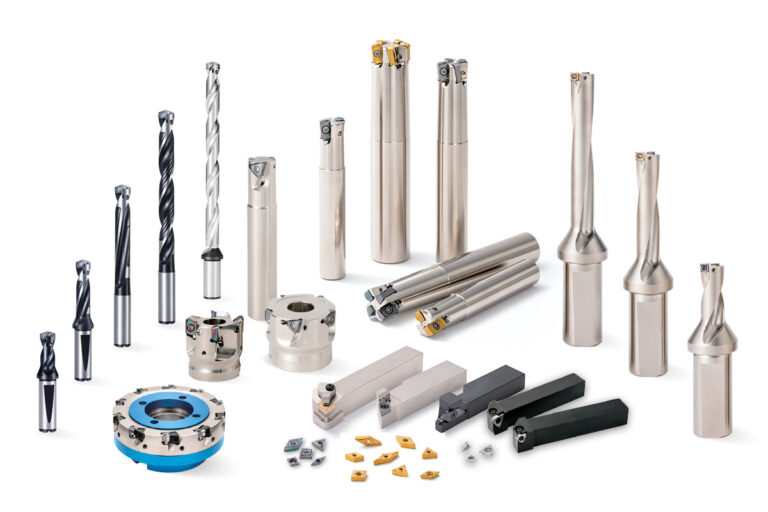
Machinists require reliable solutions to tackle intricate tasks efficiently. Indexable tooling provides exceptional flexibility, quality, durability, and delivers high-performance results. Customize your tooling for specific tasks by choosing the ideal combination of inserts and holders to optimize performance.
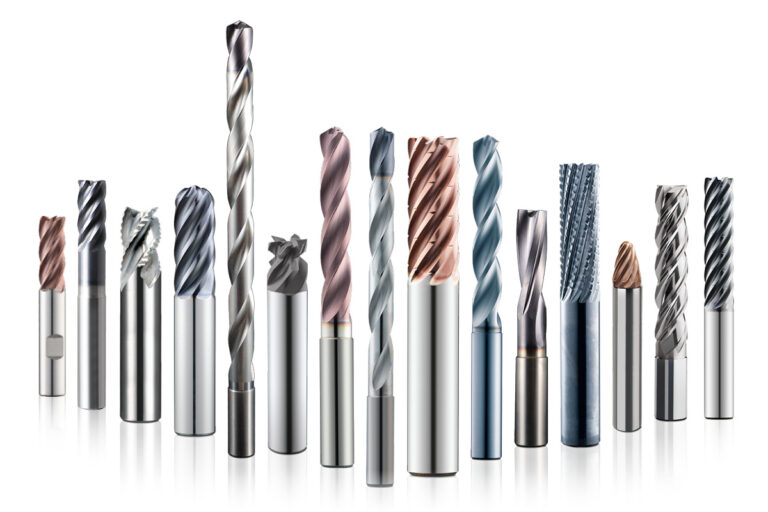
Explore our SGS branded high-performance and versatile solid round tooling options. Our quality tooling not only ensures precision but also minimizes downtime, allowing for increased material removal per hour. Explore a range of options including end mills, drills, routers, countersinks, and more to find the perfect tools for your specific needs.
Contact
KYOCERA SGS Precision Tools, Inc.
(330) 686-5700
150 Marc Drive
Cuyahoga Falls, OH 44223
Products
Resources
One Response
I would like to learn how cnc program